Class 5 Gravel Calculator
Scroll down to find the shape of your choice
Class 5 Gravel Calculator – Straight Path
Width
Calculation is based on average density of 2400 kg/m³.
Calculation Results
Gravel Volume
0.00 m³
Gravel Weight
0.00 t
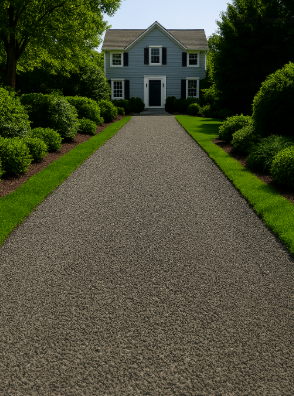
Class 5 Gravel Calculator – Curved Path
Calculation is based on average density of 2400 kg/m³.
Calculation Results
Gravel Volume
0.00 m³
Gravel Weight
0.00 t

Class 5 Gravel Calculator for Circular Area
Calculation is based on average density of 2400 kg/m³.
Calculation Results
Gravel Volume
0.00 m³
Gravel Weight
0.00 t
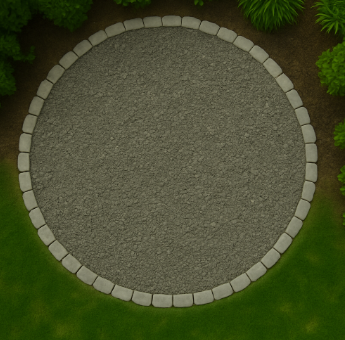
Annular Ring Path Class 5 Gravel Calculator
Calculation is based on average density of 2400 kg/m³.
Calculation Results
Gravel Volume
0.00 m³
Gravel Weight
0.00 t

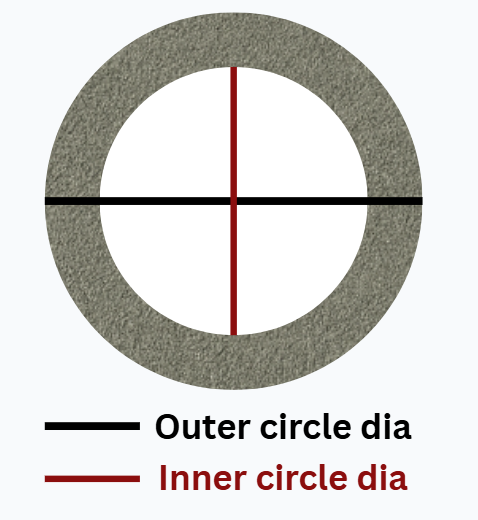
Triangular Class 5 Gravel Volume Calculator
Weight is calculated on the average pea gravel density of 2400 kg/m³. You can always enter the density manually for customized calculations.
Calculation Results
Gravel Volume
0.00 m³
Gravel Weight
0.00 t
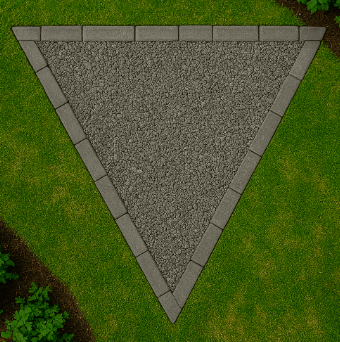
L‑Shape Walkway Gravel Calculator (Curved Corner)
First Straight Path (Segment 1)
Curved Path (Segment 2)
Second Straight Path (Segment 3)
Calculation is based on average density of 2400 kg/m³.
Calculation Results
Total Gravel Volume
0.00 m³
Total Gravel Weight
0.00 t
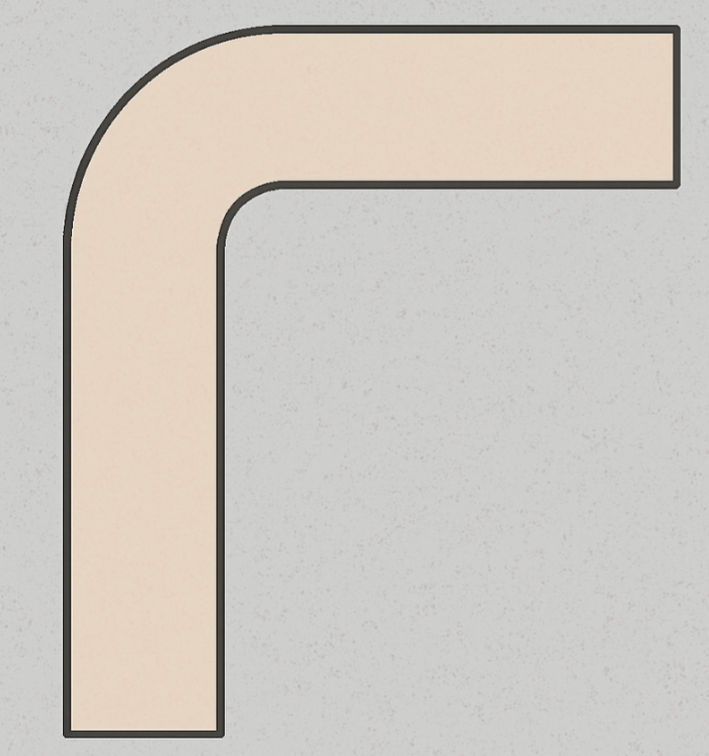
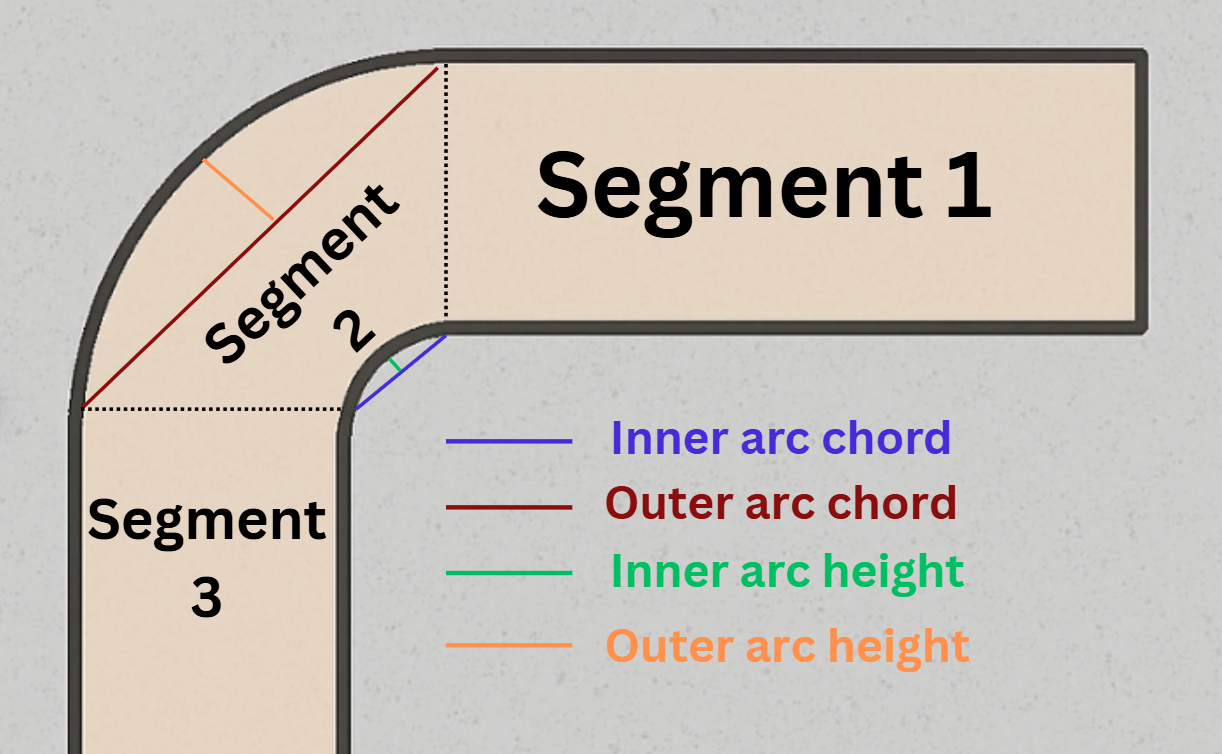
Simple L‑Shape Walkway Gravel Calculator
First Straight Segment
Second Straight Segment
Calculation is based on average density of 2400 kg/m³.
Calculation Results
Total Gravel Volume
0.00 m³
Total Gravel Weight
0.00 t

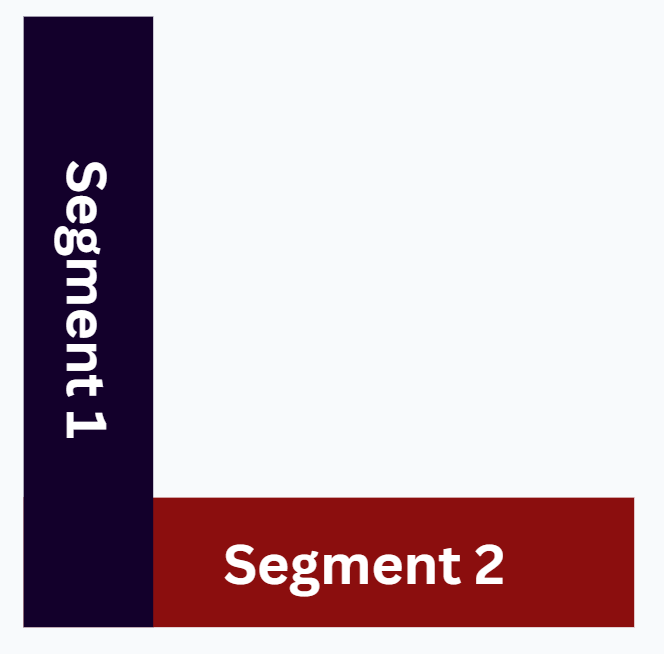
Pentagon Shed Foundation Calculator
Weight is calculated on the average pea gravel density of 2400 kg/m³. You can always enter the density manually for customized calculations.
Calculation Results
Gravel Volume
0.00 m³
Gravel Weight
0.00 t
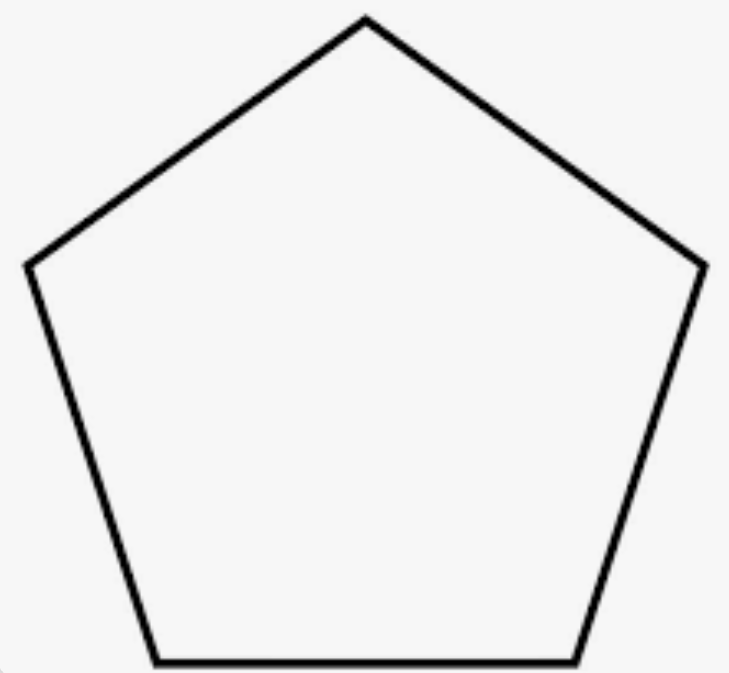
Hexagon Shed Foundation Calculator
Weight is calculated on the average pea gravel density of 2400 kg/m³. You can always enter the density manually for customized calculations.
Calculation Results
Gravel Volume
0.00 m³
Gravel Weight
0.00 t
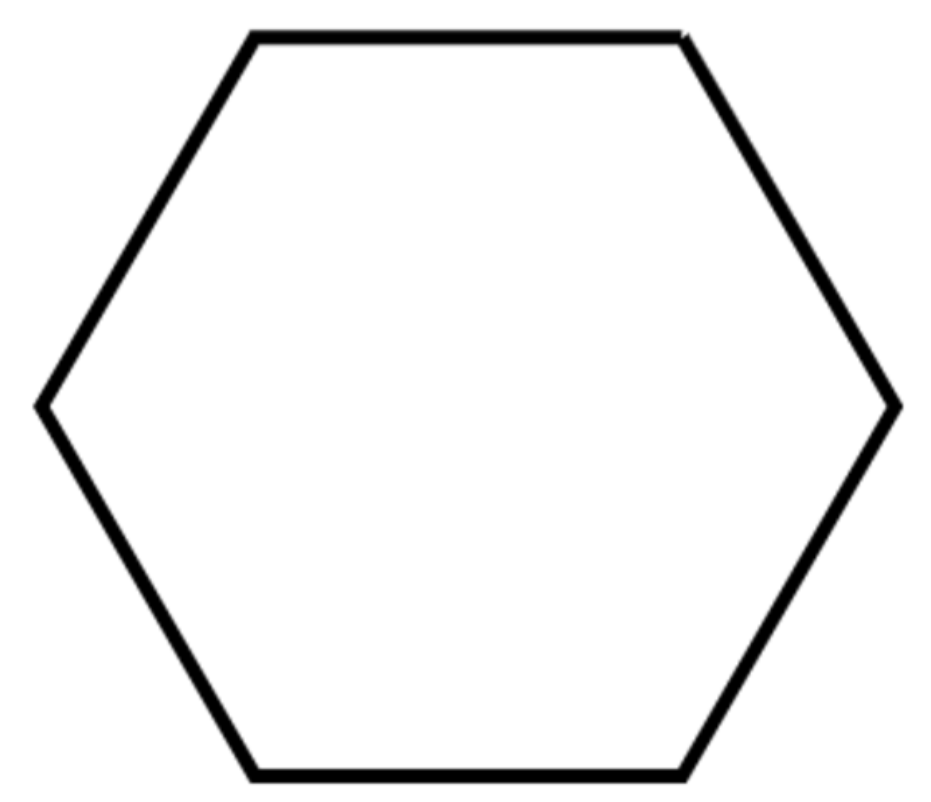
Heptagon Shed Foundation Calculator
Weight is calculated on the average pea gravel density of 2400 kg/m³. You can always enter the density manually for customized calculations.
Calculation Results
Gravel Volume
0.00 m³
Gravel Weight
0.00 t
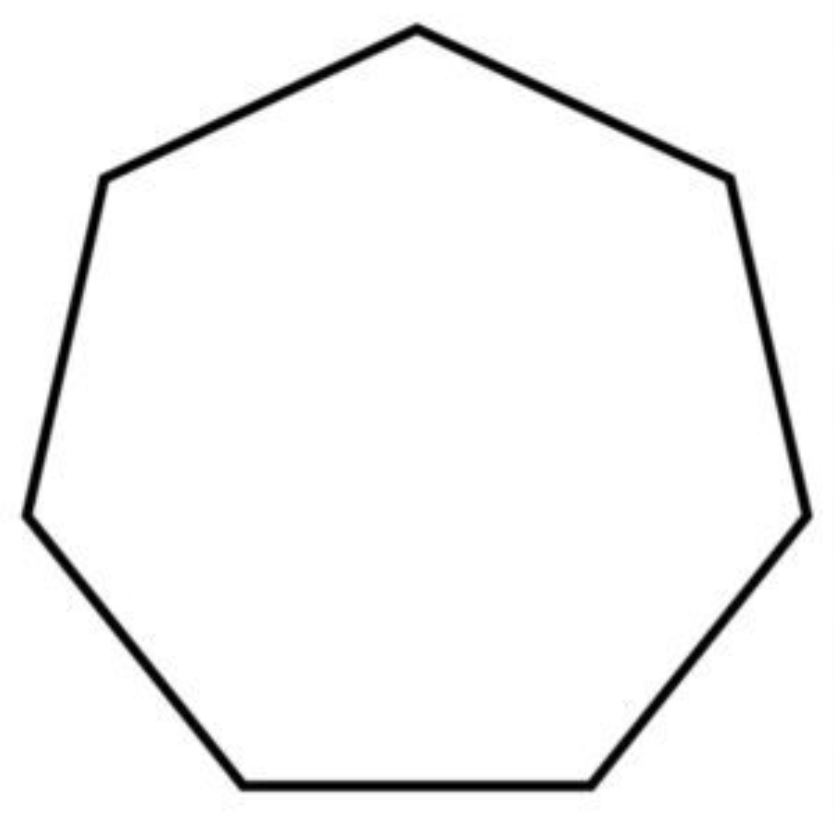
Octagon Shed Foundation Calculator
Weight is calculated on the average pea gravel density of 2400 kg/m³. You can always enter the density manually for customized calculations.
Calculation Results
Gravel Volume
0.00 m³
Gravel Weight
0.00 t
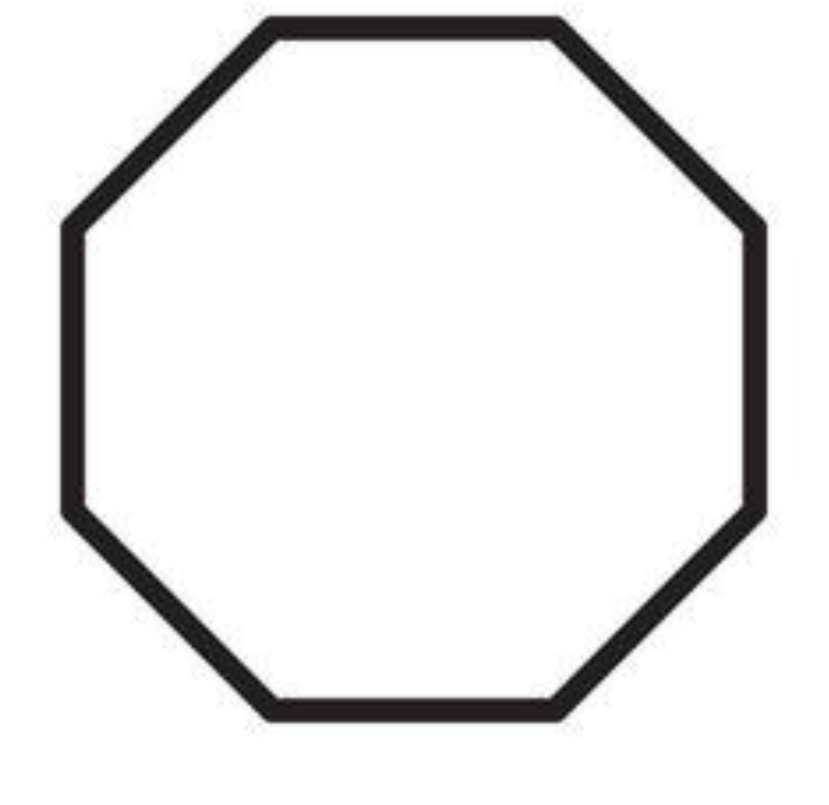
How Does this Calculator Work?
This calculator is designed to give you accurate gravel volume and weight estimates based on the area you plan to cover. It works by first determining the total surface area of your chosen shape.
Once the area is known, the tool multiplies it by the depth of gravel you enter to get the total volume in cubic feet, cubic yards, or cubic meters.
To take it one step further, the calculator uses the standard compacted density of Class 5 gravel (about 2,400 kg/m³ or 2.0 tons per cubic yard) to convert volume into total weight. This way, you not only know how much space the gravel will fill, but also how much material you need to order in tons or kilograms. If you’re using gravel from a specific quarry or recycled source, you can adjust the density value to reflect that difference.
This entire process saves you time, money, and the hassle of over-ordering or running short.
What Is Class 5 Gravel?
Class 5 gravel is a crushed aggregate mixture made up of coarse rock fragments, fine particles, and sand. It’s most often sourced from granite, limestone, or recycled concrete and is known for its angular texture, which allows it to compact tightly. The result is a solid, stable surface that performs well under pressure.
What sets Class 5 gravel apart is its balance of strength and compaction. The larger stones provide structure, while the smaller materials fill the gaps, locking everything together once compressed. This makes it ideal for use as a base layer beneath driveways, roads, patios, and other surfaces where strength and drainage are essential.
Because of its ability to hold form under heavy loads, Class 5 gravel is a go-to choice for builders, landscapers, and homeowners preparing to pour concrete or lay pavement. It’s practical, durable, and widely available, everything you want in a construction-grade gravel.
What Are the Uses of Class 5 Gravel?
Class 5 gravel is trusted for its strength and compactability, making it a go-to base material for a wide range of projects. Below are common use cases along with the recommended gravel depth for each:
Driveways
Used as a sub-base beneath asphalt or as a finished gravel surface.
Recommended depth: 4 to 6 inches
Parking Pads
Supports the weight of parked vehicles without shifting or rutting.
Recommended depth: 6 to 8 inches
Road Bases
Forms the foundational layer under paved or gravel roads.
Recommended depth: 8 to 12 inches, depending on traffic load
Utility Trenches
Backfilled around pipes or conduits to provide support and drainage.
Recommended depth: 4 to 6 inches beneath and around the utility lines
Paver Base
Serves as a compacted layer beneath pavers or stone slabs in patios and walkways.
Recommended depth: 4 to 6 inches
Garage or Shed Foundations
Levels the ground and provides a solid pad for structures.
Recommended depth: 6 to 8 inches
Sloped Paths
Maintains form and resists erosion or displacement on inclined surfaces.
Recommended depth: 4 to 5 inches
Farm Roads
Handles the weight of tractors and machinery while staying firm under wet conditions.
Recommended depth: 8 inches or more, depending on usage
Where Not to Use Class 5 Gravel
While Class 5 gravel is excellent for structural bases and compaction, it’s not suited for every type of project. Below are situations where it’s best to avoid using Class 5:
- Decorative Landscaping: Its rough, angular texture and mixed particle sizes don’t provide a clean or polished look. For aesthetics, use river rock, pea gravel, or polished stones instead.
- Playgrounds or Recreational Surfaces: The sharp edges and fine dust make it uncomfortable and potentially unsafe for areas where children play or fall.
- Drainage-Only Layers: Though it provides some drainage, the fine materials in Class 5 can clog over time. For true drainage zones, use washed rock, gravel #57, or crushed stone without fines.
- Top Layer of Gravel Driveways (Surface Course): On its own, Class 5 compacts too tightly and generates dust. For the top layer, choose a cleaner, more uniform gravel like Class 2 or ¾-inch crushed rock.
- Indoor Applications: It’s not suitable for indoor use, including under interior slabs or as a filler in basements, due to its dust and variable composition.
- Wet or Poorly Drained Soil Without a Base Layer: In areas with heavy clay or water retention, placing Class 5 directly onto the soil can lead to settling or poor stability. A geotextile layer or coarse gravel base may be required.
Tips While Using Class 5 Gravel
- Always Compact in Layers: Don’t dump all the gravel at once. Spread it in layers of 2–3 inches and compact each layer before adding the next. This ensures a tighter, more stable base.
- Use a Mechanical Compactor: A hand tamper may work for very small areas, but for anything larger, a plate compactor is essential. Proper compaction prevents settling and surface cracking later.
- Start with a Clean, Leveled Surface: Remove any soft soil, debris, or roots before placing gravel. A compacted subgrade makes the Class 5 layer more effective.
- Consider Edging for Defined Areas: For paths or patios, use edging materials like timber, metal, or concrete curbs to keep the gravel contained and prevent spreading over time.
- Moisture Helps with Compaction: Lightly spraying water during installation can help the gravel bind better, especially if the material seems dry or dusty.
- Account for Future Settlement: Leave a slight crown or elevation in the center of driveways and roads to allow for runoff and natural settling over time.
- Don't Skip a Geotextile Fabric (Optional): In soft or clay-heavy soils, laying a geotextile fabric under the gravel can prevent it from mixing with the subsoil and improve drainage.
- Let It Set Before Final Use: After installation, give the gravel a few days to settle, especially if it has been rained on or compacted, before driving or placing heavy structures on it.
Class 5 Gravel Density Info
For Class 5 gravel, the density refers to how much it weighs once compacted, a key factor in converting volume to weight.
Typical Density for Compacted Class 5 Gravel is 2,400 kg/m³ or approximately 2.0 tons per cubic yard.
This value is based on average material that includes a mix of crushed rock, fines, and sand, all compressed tightly.
Why Density Matters
Your gravel needs may be measured in cubic yards or meters, but suppliers often price and deliver by tons or kilograms. The calculator uses this standard compacted density to convert volume into a weight estimate you can actually use for purchasing and delivery.
Material Variations
- Rock type (limestone, granite, or recycled concrete)
- Moisture content
- Proportion of fines (dust and clay)
- If you know your supplier’s material specs, you can adjust the density manually in the calculator for even more precise results.
FAQs About Class 5 Gravel
What is Class 5 gravel made of?
Class 5 gravel is typically made from crushed limestone, granite, or recycled concrete. It contains a blend of coarse rock fragments, sand, and fine materials like stone dust. This combination allows the gravel to compact tightly and form a firm base for construction and landscaping.
How much does it weigh per cubic yard?
On average, compacted Class 5 gravel weighs around 2.0 tons per cubic yard, or approximately 4,000 pounds. This figure can vary slightly depending on the type of stone, moisture content, and how tightly it's compacted.
What’s the best depth for a driveway base?
For residential driveways, a Class 5 gravel base should be 4 to 6 inches deep. If the driveway will carry heavier vehicles or high traffic, increasing the depth to 6 to 8 inches is often recommended for added durability.
How do I account for compaction or wastage?
It’s smart to order a little extra to cover settling and material loss during spreading. A typical wastage buffer is 5% to 10%. For example, if your project requires 10 tons, consider ordering 10.5 to 11 tons to avoid running short.
Can I use Class 5 under pavers?
Yes, Class 5 gravel is one of the most common base materials used under pavers. It provides excellent support and drainage when compacted properly. A 4 to 6 inch layer under patio or walkway pavers is usually sufficient.